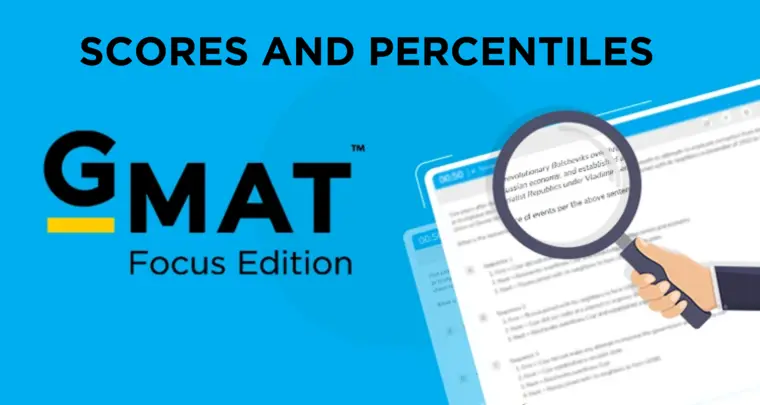Question: For each positive integer n, p(n) is defined to be the product of the digits of n. For example, p(724) = 56 since 7 × 2 × 4 = 56. Which of the following statements must be true?
I. p(10n) = p(n)
II. p(n+1) > p(n)
III. p(2n) = 2p(n)
Options:
- A. None
- B. I only
- C. II only
- D. I and II only
- E. I, II, and III
Solution section:
- Translate the problem requirements: Understand that p(n) means multiply all digits of number together, and we need to determine which of the three given statements are ALWAYS true for ALL positive integers
- Test each statement with strategic examples: For each statement, find examples that either support or contradict the claim to determine if it’s universally true
- Focus on counterexample identification: Since we need statements that MUST be true, finding even one counterexample disproves a statement
- Synthesize findings to select answer: Combine results from testing all three statements to identify the correct answer choice
Execution of Strategic Approach
- Translate the problem requirements
Let’s first understand what p(n) means in everyday language. The function p(n) takes any positive integer and multiplies all its individual digits together.
For example:
- p(724) = 7 × 2 × 4 = 56
- p(35) = 3 × 5 = 15
- p(102) = 1 × 0 × 2 = 0 (notice the zero!)
Now, we have three statements, and we need to determine which ones are ALWAYS true for ALL positive integers. This is crucial – even one counterexample will prove a statement false.
Process Skill: TRANSLATE – Converting the mathematical notation p(n) into a clear operational understanding
- Test each statement with strategic examples
Let’s examine each statement by testing specific numbers:
Statement I: p(10n) = p(n)
What does 10n mean? It means we multiply n by 10, which essentially adds a zero to the right of n.
Let’s test with n = 7:
- p(7) = 7
- 10n = 70, so p(70) = 7 × 0 = 0
- Since 7 ≠ 0, Statement I is FALSE
Statement II: p(n+1) > p(n)
This claims that the digit product always increases when we add 1 to a number.
Let’s test with n = 9:
- p(9) = 9
- n+1 = 10, so p(10) = 1 × 0 = 0
- Since 0 < 9, Statement II is FALSE
Statement III: p(2n) = 2p(n)
This claims that doubling a number doubles its digit product.
Let’s test with n = 12:
- p(12) = 1 × 2 = 2
- 2n = 24, so p(24) = 2 × 4 = 8
- 2p(n) = 2 × 2 = 4
- Since 8 ≠ 4, Statement III is FALSE
Process Skill: CONSIDER ALL CASES – Being strategic about choosing examples that might break the statements
- Focus on counterexample identification
Let’s verify our counterexamples are correct and look for patterns:
Why Statement I fails: Multiplying by 10 always introduces a trailing zero, and any number containing zero as a digit will have p(n) = 0, regardless of the other digits.
Why Statement II fails: When adding 1 causes a “carry over” (like 9→10, 19→20, 99→100), we often get zeros in the result, dramatically reducing the digit product.
Why Statement III fails: Doubling doesn’t simply double each digit independently. For instance, 2×6 = 12, changing one digit (6) into two digits (1,2), completely changing how the digit product works.
These aren’t isolated cases – they represent fundamental reasons why each statement fails systematically.
Process Skill: INFER – Understanding the underlying mathematical reasons why each statement fails
- Synthesize findings to select answer
Since we found counterexamples for all three statements:
- Statement I is false (counterexample: n = 7)
- Statement II is false (counterexample: n = 9)
- Statement III is false (counterexample: n = 12)
Therefore, NONE of the statements must be true.
Final Answer
The correct answer is A. None
We have demonstrated that each of the three statements can be false with concrete counterexamples, proving that none of them are universally true for all positive integers.
Common Faltering Points
Errors while devising the approach
- Misunderstanding “must be true” vs “can be true”
Students often confuse questions asking what “must be true” (true for ALL cases) with what “can be true” (true for SOME cases). They might see that p(20) = 2×0 = 0 and p(10) = 1×0 = 0, so p(20) = p(10), and incorrectly conclude that Statement I is true, forgetting they need to prove it works for ALL values of n.
- Failing to consider the impact of zeros in digit products
Many students overlook that any number containing the digit 0 will have p(n) = 0, regardless of other digits. This is crucial for Statement I since 10n always ends in 0, making p(10n) = 0 for any n, while p(n) is usually non-zero.
- Not recognizing the need for strategic counterexample selection
Students may randomly test numbers instead of strategically choosing examples that are likely to break the statements. For instance, testing simple cases like n = 1 or n = 2 might not reveal the failures, but testing boundary cases like n = 9 (which becomes 10 when adding 1) or multiples that create carrying effects will more effectively expose the false statements.
Errors while executing the approach
- Computational errors with digit multiplication
Students may make arithmetic mistakes when calculating p(n), especially for larger numbers. For example, when testing Statement III with n = 12, they might incorrectly calculate p(24) = 2×4 = 8 or p(12) = 1×2 = 2, leading to wrong conclusions about whether the statement holds.
- Incorrectly applying the function to transformed numbers
When working with expressions like 10n, 2n, or n+1, students might confuse the order of operations. They could mistakenly calculate p(2n) by first finding p(n) then doubling it, rather than first computing 2n as a number and then finding the product of its digits.
Errors while selecting the answer
- Selecting based on partial verification
Students might test each statement with only one or two examples, find that some statements work for those specific cases, and incorrectly conclude those statements are always true. For instance, if they only test Statement II with small consecutive numbers like 2 and 3 (where p(3) = 3 > p(2) = 2), they might think Statement II is always true without testing cases involving carry-over like 9 to 10.
- Misreading the answer format
The question asks which statements “must be true,” and students might select an answer choice that includes statements they proved true in specific cases, rather than recognizing that finding even one counterexample makes a statement false. They could choose “B. I and II only” if they found some cases where these work, instead of “A. None” which is correct since all statements have counterexamples.














